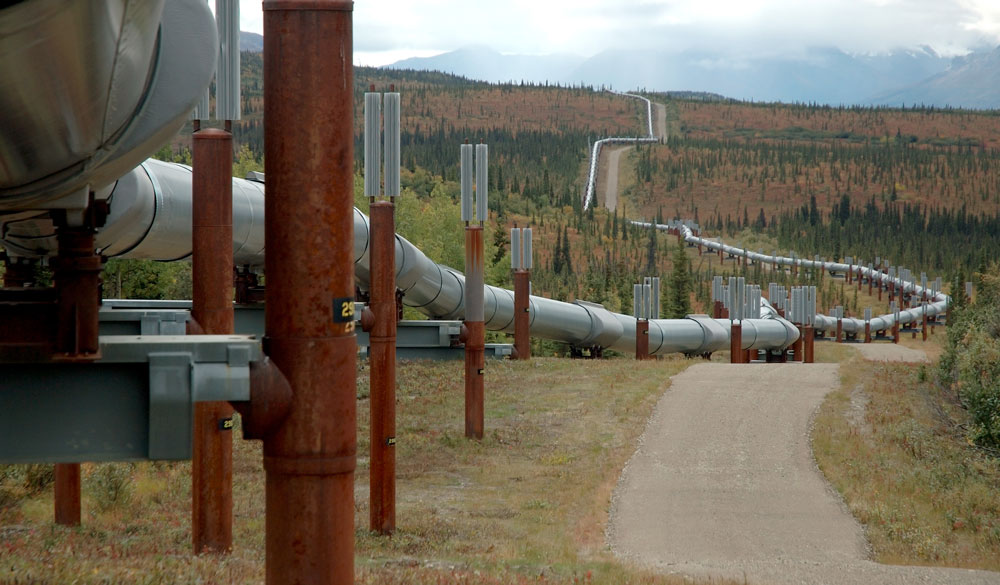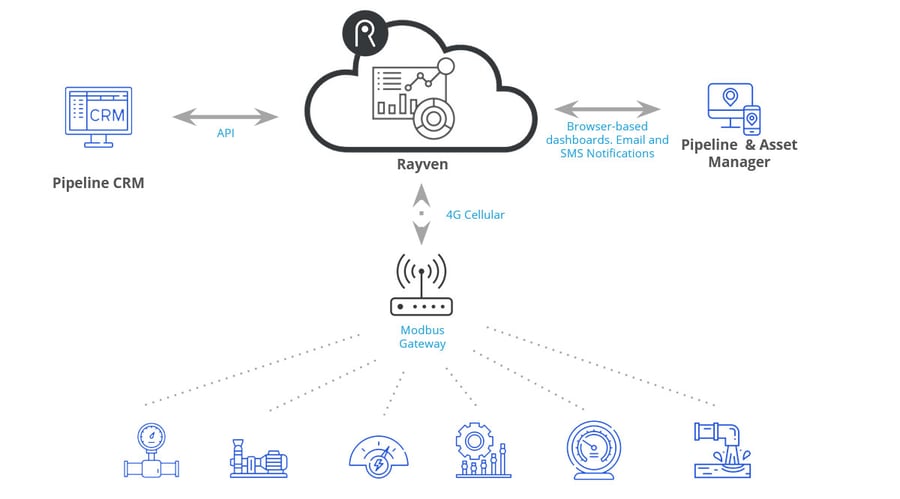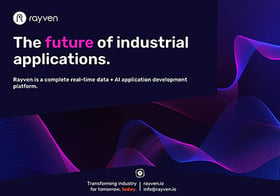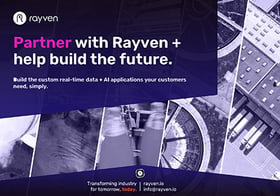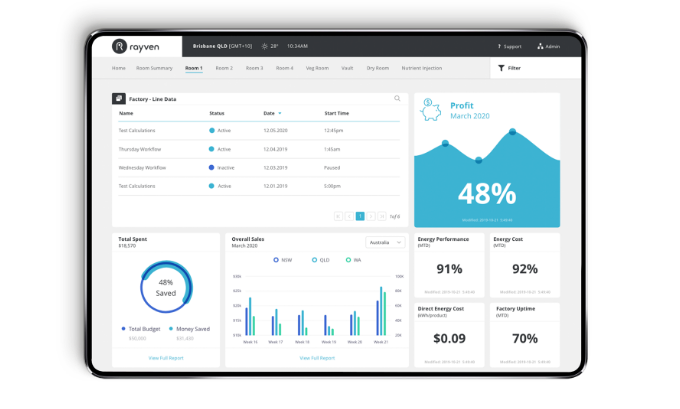Pipeline Monitoring IoT solution: real-time performance + leak detection.
The solution
A leak can have disastrous consequences on the environment and cause a significant safety problem, as well as the organisation’s bottom-line, plus the remote nature of these assets exposes them to the risk of theft and makes visual monitoring of them time consuming, inefficient, and expensive. What’s more, poorly conceived monitoring algorithms may lead to false positives and an excessive number of maintenance callouts – further impacting their profitability.
These factors make an effective Pipeline Monitoring IoT solution an ideal tool for companies to reduce costs.
